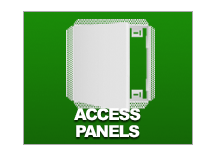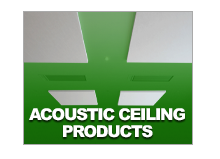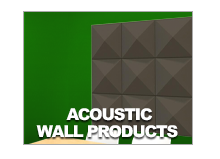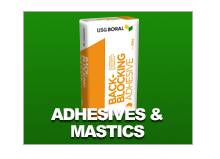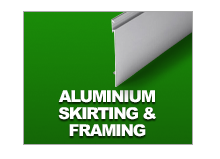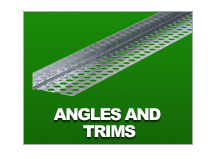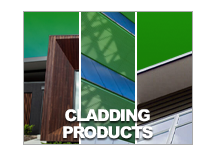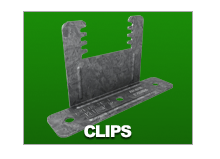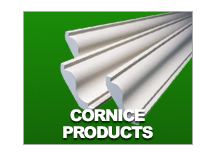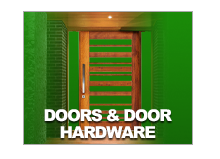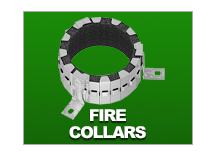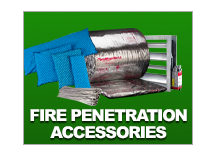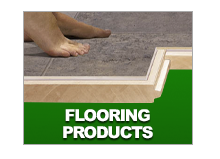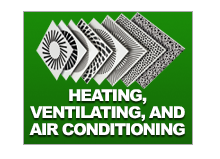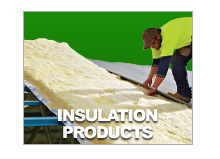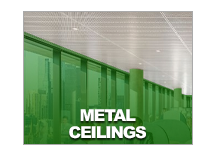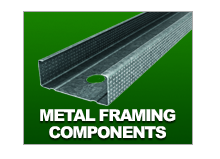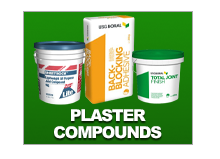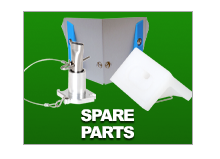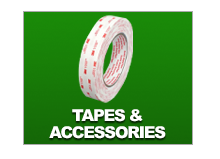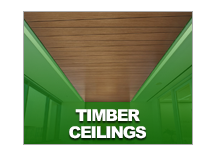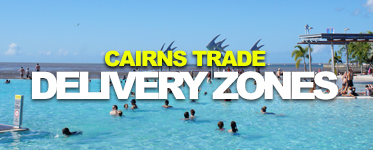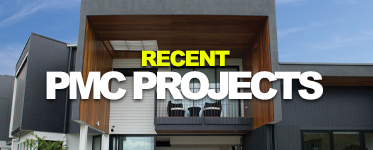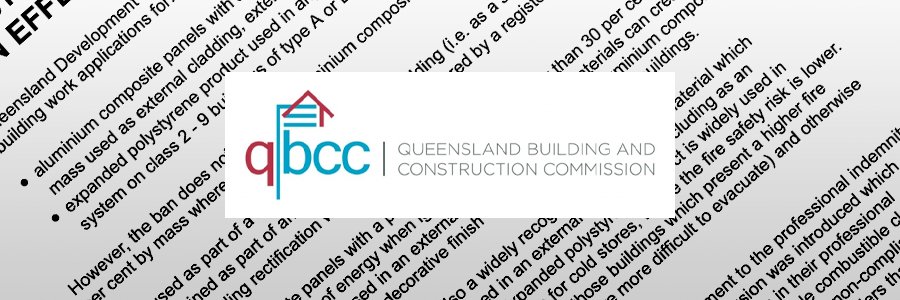
Combustible: The dangerous legacy of failed regulation in the building industry | Four Corners — Uploaded on the Nov 4, 2019
Understandably defining rules and regulations for our industry can be tedious. One could argue our Government might be lagging as it tries to keep up with growing complexities and enforce regulations. On the contrary, it could quite possibly be a side effect of our political system being designed and formed in much simpler times.
The (QBCC) Queensland Building and Construction Commission on Wednesday the 23rd of October issued a statement on “combustible cladding ban now in effect in Queensland”. If you have not taken the time to read this statement, we have republished the statement at the end of this release, scroll down. This is a ban on expanded polystyrene products used in any external wall insulation and finish (rendered) system on class 2 – 9 buildings of type A or B construction. The QBCC building class can also be found at the bottom of this post or by clicking on this link.
Ensuring a safe and robust project delivery in a growing complex industry requires engagement from all of us as we work with Government towards a brighter future. We encourage you to be informed by reading the below release and visiting the Queensland Government’s Safer Building website:
https://www.saferbuildings.qld.gov.au/
Upon reading the release ourselves, we think there are still several fundamental questions yet to be answered, which we think would help the industry going forward:
What is the exact definition of 30% mass, and how is it calculated?
Wouldn’t it have been simpler to implement a total ban on this product?
What education process is the QLD Government (QBCC) undertaking to explain how to identify non-confirming products and comply with the new ban?
What other forms of poly based insulation & cladding systems (other than EPS) should be included in the ban?
How is this ban going to be policed and what is the additional cost to the consumer?
Everyone in the industry including manufacturers, architects & designers, builders, sub-contractors, certifiers and even suppliers have a duty to ensure the products installed in construction are compliant with current regulations. This can be difficult as acts, regulations, guidelines, best practices, codes and standards change all the time, vary from state to state, and unfortunately cross reference one another. Most people in construction struggle to keep up to date with these changes or vary significantly in their interpretation.
Many manufacturers of wall systems usually have a range of products. A statement that a particular brand is compliant can be misleading so you should always check. For example, many manufacturers will have 3 or 4 versions of ACP (aluminium composite panels) all with aluminium facing but with differing core material.
One thing you can ask for if you are unsure is the test reports for a cladding product, to ensure it has been tested and is certified to be ‘non-combustible’. Non-combustibility is determined by testing in accordance with AS 1530.1 “methods for fire testing on building products, components, structures and combustibility tests for materials”.
AS 1530.1 is a small-scale material fire test involving immersing a small sample of the material in a furnace held steady at 750°C. To determine any material to be non-combustible requires full testing of 5 samples to be tested over the minimum test time of 30 minutes, all of which must fit into a 50mm x 45mm diameter cylinder.
There are three criteria in AS 1530.1 where a material is deemed combustible:
1. The mean duration of sustained flaming, as determined in accordance with AS 1530.1 Clause 3.2, is other than zero. In summary, the material is combustible if flaming sustained for a period of 5 seconds or longer occurs at any time during the test for any of the five samples tested.
2. The mean furnace thermocouple temperature rise, as determined in accordance with AS 1530.1 Clause 3.1, exceeds 50°C.
3. The mean specimen surface thermocouple temperature rise, as determined in accordance with AS 1530,1 Clause 3.1, exceeds 50°C.
Delving deeper into the standards you will find the irony of the situation with a list of products under BCA Clause C1.12, C1.13, C1.14 that are ‘deemed to satisfy’ meaning even though they are combustible materials they are deemed to be non-combustible. Over the years the list of products deemed to comply has grown and a current list can be found in section C1.9 of the 2019 NCC volume 1.
Our team at PMC is committed to understanding and constantly paying attention the updating rules and regulations of our ever-changing industry. We are happy to help any of clients and partners comprehend what these changes mean to your specific circumstances, but formally we always advise to speak directly with the QBCC.
Information gathered & reproduced from:
“CSIRO Fire Safety guideline for external walls dated April 2016”
“Project Report FCRC PR00-01 – Evaluation of non-combustibility requirements”
“NCC 2019 Volume 1 Building code of Australia”
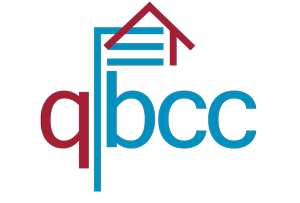
“Combustible cladding ban now in effect in Queensland”
Queensland Building and Construction Commission
The Queensland Development Code has been amended to effectively ban the approval of any new building work applications for:
• aluminium composite panels with a polyethylene core of greater than 30 per cent by mass used as external cladding, external insulation or façade on any building; or
• expanded polystyrene product used in any external wall insulation and finish (rendered) system on class 2 – 9 buildings of type A or B construction.
However, the ban does not extend to aluminium composite panel with a core greater than 30 per cent by mass where:
• used as part of a structure that is not the building (i.e. as a sign); or
• retained as part of an alternative solution, prepared by a registered fire engineer, as part of cladding rectification work.
Aluminium composite panels with a polyethylene core of greater than 30 per cent, by mass, release a high amount of energy when ignited. The use of these materials can create a significant fire risk when used in an external wall system. Typically, aluminium composite panels have been used as a decorative finish on the façade of high-rise buildings.
Expanded polystyrene product is also a widely recognised combustible material which presents a significant fire risk when used in an external wall system, including as an attachment (i.e. architectural features). Expanded polystyrene product is widely used in domestic (i.e. low-rise) construction and also for cold stores, where the fire safety risk is lower. The expanded polystyrene ban applies only to those buildings which present a higher fire safety risk (i.e. buildings over two storeys which are more difficult to evacuate) and otherwise require more substantial structural resistance to fire.
This supports the Queensland Government’s recent amendment to the professional indemnity insurance requirements for private certifiers. A temporary exclusion was introduced which allows private certifiers to operate with cladding related exclusions in their professional indemnity insurance. By prohibiting the use of two readily recognisable combustible cladding materials on external walls, the chance of private certifiers working with non-compliant cladding is lowered. The ban also clearly demonstrates to insurance providers that the use of non-compliant external cladding products is not acceptable in Queensland.
The ban applies through the new Queensland Development Code Part 2.5 – Use of external cladding (QDC 2.5). The ban doesn’t apply to building approvals given prior to commencement, including building approvals where construction is underway.
To find out more about the new QDC 2.5, check out the Building and Plumbing Newsflash 568 on the Department of Housing and Public Works’ website.
Regards
The QBCC
National media attention around the issue of combustible cladding
Programs are underway to replace combustible cladding on apartment blocks in Victoria.
Posted Wed 23 Oct 2019, 8:54pm |Updated Thu 24 Oct 2019, 6:53am
“Owners of apartments affected by the cladding crisis in Victoria have told of the emotional toll it has taken on them.”
“Since the problem was exposed in 2017, the Victorian government has put $600 million towards a project to identify and replace dangerous cladding, and has vowed to pursue the dodgy builders who installed it.”
Full transcript from this 7.30 report can be found on the ABC’s website by clicking here.
This is the hidden potential killer in Australian buildings
Posted Wed 27 May 2015, 8:05pm | Updated Thu 28 May 2015, 12:44pm
“Thirteen floors of a Melbourne building went up in flames within 15 minutes thanks to cheap cladding covering the building that doesn’t meet Australian standards, and it’s potentially been used on thousands of buildings in Australia.”
“When the Lacrosse Building in Melbourne’s Docklands district caught fire last November, it exposed a sleeping danger in Australia’s booming construction scene: cheap cladding imported from China that is highly combustible and covering an unknown number of buildings in Australia.”
Full transcript from this 7.30 report can be found on the ABC’s website by clicking here.
More various media releases covering the topic
Wall Street Journal – How Building Panels Fuel High-Rise Fires
Combustible cladding removal costs leave Melbourne apartment owners in a bind
SKY News Australia – Govt to spend $600m fixing Vic’s flammable cladding
SKKB Strata Managers – Combustible Cladding in Queensland
BBC Newsnight – Concerns about cladding on UK buildings
Mapping Sydney’s Combustible Cladding
Student Accommodation Cladding Fire
Queensland Bans Combustible Cladding
Flammable Cladding & Building Certifier’s Insurance
Master Builders – Response to flammable cladding in the building and construction supply chain
Building projects halted as surveyors face rocketing insurance costs due to cladding crisis
Classes of Building
This list provides the definitions of Building Classes as set out in the Building Code of Australia.
Class 1
Class 1a
A single dwelling being a detached house, or one or more attached dwellings, each being a building, separated by a fire-resisting wall, including a row house, terrace house, town house or villa unit.
Class 1b
A boarding house, guest house, hostel or the like with a total area of all floors not exceeding 300m2, and where not more than 12 reside, and is not located above or below another dwelling or another Class of building other than a private garage.
Class 2
A building containing 2 or more sole-occupancy units each being a separate dwelling.
Class 3
A residential building, other than a Class 1 or 2 building, which is a common place of long term or transient living for a number of unrelated persons. Example: boarding-house, hostel, backpackers accommodation or residential part of a hotel, motel, school or detention centre.
Class 4
A dwelling in a building that is Class 5, 6, 7, 8 or 9 if it is the only dwelling in the building.
Class 5
An office building used for professional or commercial purposes, excluding buildings of Class 6, 7, 8 or 9.
Class 6
A shop or other building for the sale of goods by retail or the supply of services direct to the public. Example: café, restaurant, kiosk, hairdressers, showroom or service station.
Class 7
Class 7a
A building which is a car park.
Class 7b
A building which is for storage or display of goods or produce for sale by wholesale.
Class 8
A laboratory, or a building in which a handicraft or process for the production, assembling, altering, repairing, packing, finishing or cleaning of goods or produce is carried on for trade, sale or gain.
Class 9 – A building of a public nature.
Class 9a
A health care building, including those parts of the building set aside as a laboratory.
Class 9b
An assembly building, including a trade workshop, laboratory or the like, in a primary or secondary school, but excluding any other parts of the building that are of another class.
Class 9c
An aged care building.
Class 10 – A non-habitable building or structure.
Class 10a
A private garage, carport, shed or the like.
Class 10b
A structure being a fence, mast, antenna, retaining or free standing wall, swimming pool or the like.
Class 10c
A private bushfire shelter.
| Type of Construction | ||
| Rise in storeys | Class of building 2, 3, 9 | Class of building5, 6, 7, 8 |
| 4 or more | A | A |
| 3 | A | B |
| 3 | B | C |
| 1 | C | C |
Note: The classification of buildings and the type of construction can vary from the standard model depicted in the tables. Concessions can be provided that change the type of construction. The concessions can relate to the design of the building, its size, and the number of escapes.


